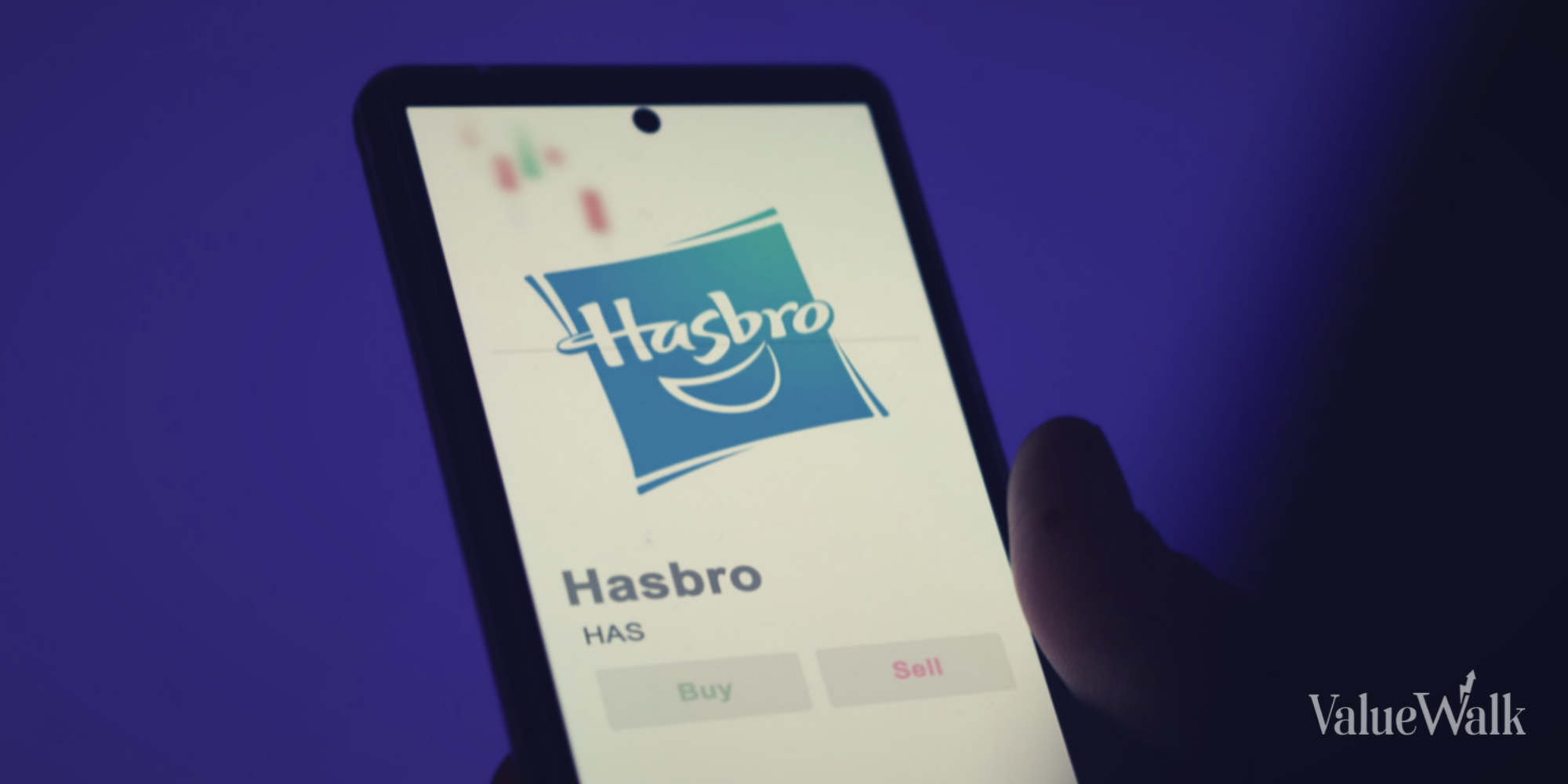One of the largest telecommunications companies in the world, AT&T (NYSE:T) has seen its stock price plummet to a range that is as low as it has been in 20 years. The last time it touched $15 per share was in 2003. The stock is currently trading at about $15.50 per share and is down about 15% year to date.
The reasons for AT&T’s decline are long and many, but let’s look at the present and future to see if this is a stock worth buying at this price.
Turnaround mode
AT&T has looked to refocus and streamline over the last few years, spinning off DirecTV and divesting WarnerMedia, which later became Warner Bros. Discovery (NYSE:WBD) after it merged with Discovery last year. These properties had been dragging the company down, creating over $150 billion in long-term debt.
In the past couple of years, AT&T has refocused on its wireless business while chipping away at all that debt. In the third quarter, the company slashed its debt pile by $3 billion, bringing it down to $128 billion.
By the first half of 2025, AT&T expects to have a net debt to adjusted EBITDA ratio of 2.5, which puts it below that red-flag level of three. CEO John Stankey explained why this matters on AT&T’s third-quarter earnings call.
“Less net debt allows us to continue investing in AT&T’s durable connectivity businesses and enhance our ability to deliver additional shareholder returns once we reach our long-term target,” Stankey said.
At the same time that it’s paying down debt, AT&T has boosted its free cash flow, which is the amount of money it has to invest in its growth. In the third quarter, the company had $5.2 billion in free cash flow, up $1.3 billion year over year. Through three quarters, AT&T had $10.4 billion in free cash flow, up $2.4 billion from the previous year. It also raised its guidance for free cash flow for fiscal 2023 to $16.5 billion from $16 billion.
This has helped AT&T invest in its 5G and fiber networks, which has in turn helped it grow its customer base and increase revenue. The company now reaches 190 million people with its 5G network and is on pace to hit 200 million by the end of the year. The fiber network has 24 million locations and is on track to reach 30 million or more by the end of 2025.
That has fueled subscriber growth as the company added 468,000 mobile customers, with improved churn rates. That led to a 3.7% revenue increase in its mobility business. AT&T also added 296,000 fiber customers and now has 8 million subscribers, which is up double from four years ago. Fiber revenue grew by 27% year over year in the quarter.
High-yield dividend
One of the great benefits of investing in AT&T over the years has been its consistent dividend. The company had increased its dividend for 35 years through 2021, making it a Dividend Aristocrat, which refers to companies with at least 25 straight years of dividend increases. However, that ended in 2021 as the company was forced to cut its payout from 52 cents per share to 28 cents per share due to years of stock market and earnings declines.
AT&T currently pays out a dividend of 28 cents per share, but it has a sky-high 7.1% yield at a manageable payout ratio of 44%. Stankey said on the call that the company remains “committed to our dividend payout level and expect its credit quality to consistently improve.”
Thus, the question now is whether AT&T has now hit rock bottom and is ready to move back up. It certainly seems like that may be the case, as its focus and financials seem to be pointed in the right direction. It also is dirt cheap with a forward price-to-earnings ratio of six.
AT&T won’t generate meteoric growth, but it does have a consensus price target of $18, which is about a 15% increase. Couple that with its high-yield dividend, and it might be worth a look.
Disclaimer: All investments involve risk. In no way should this article be taken as investment advice or constitute responsibility for investment gains or losses. The information in this report should not be relied upon for investment decisions. All investors must conduct their own due diligence and consult their own investment advisors in making trading decisions.





